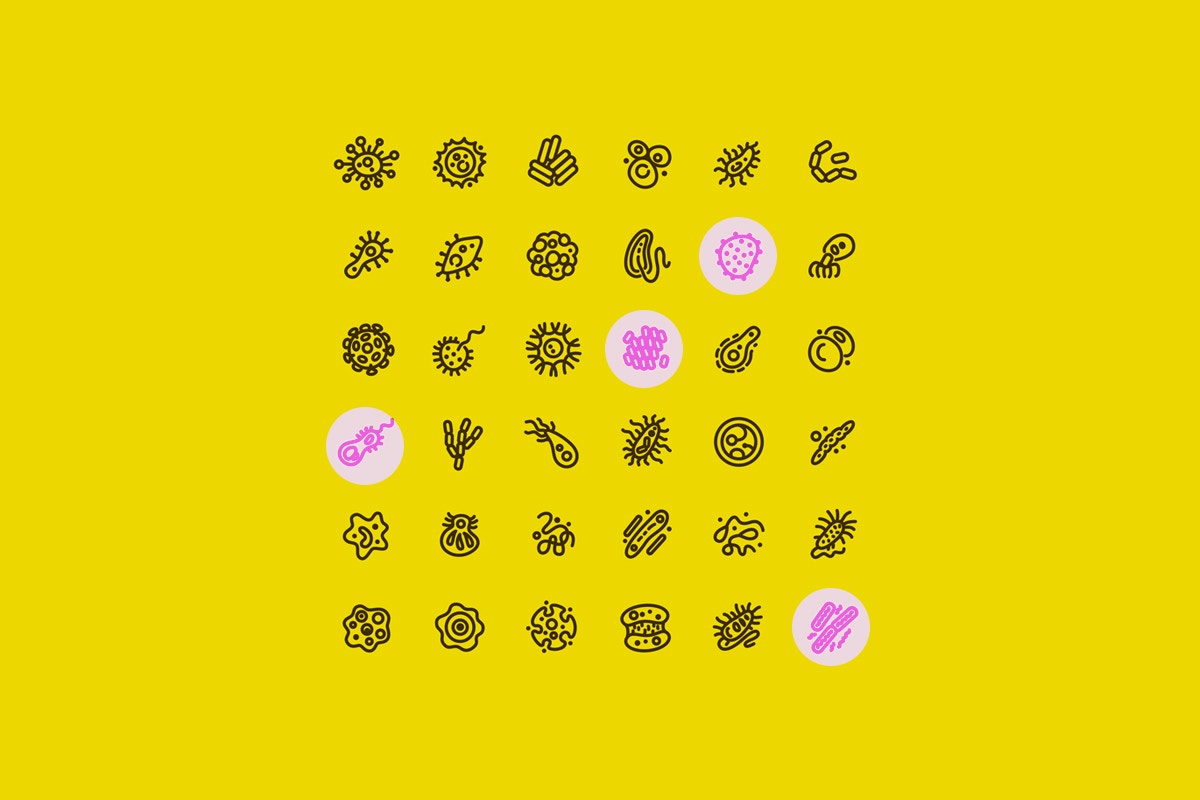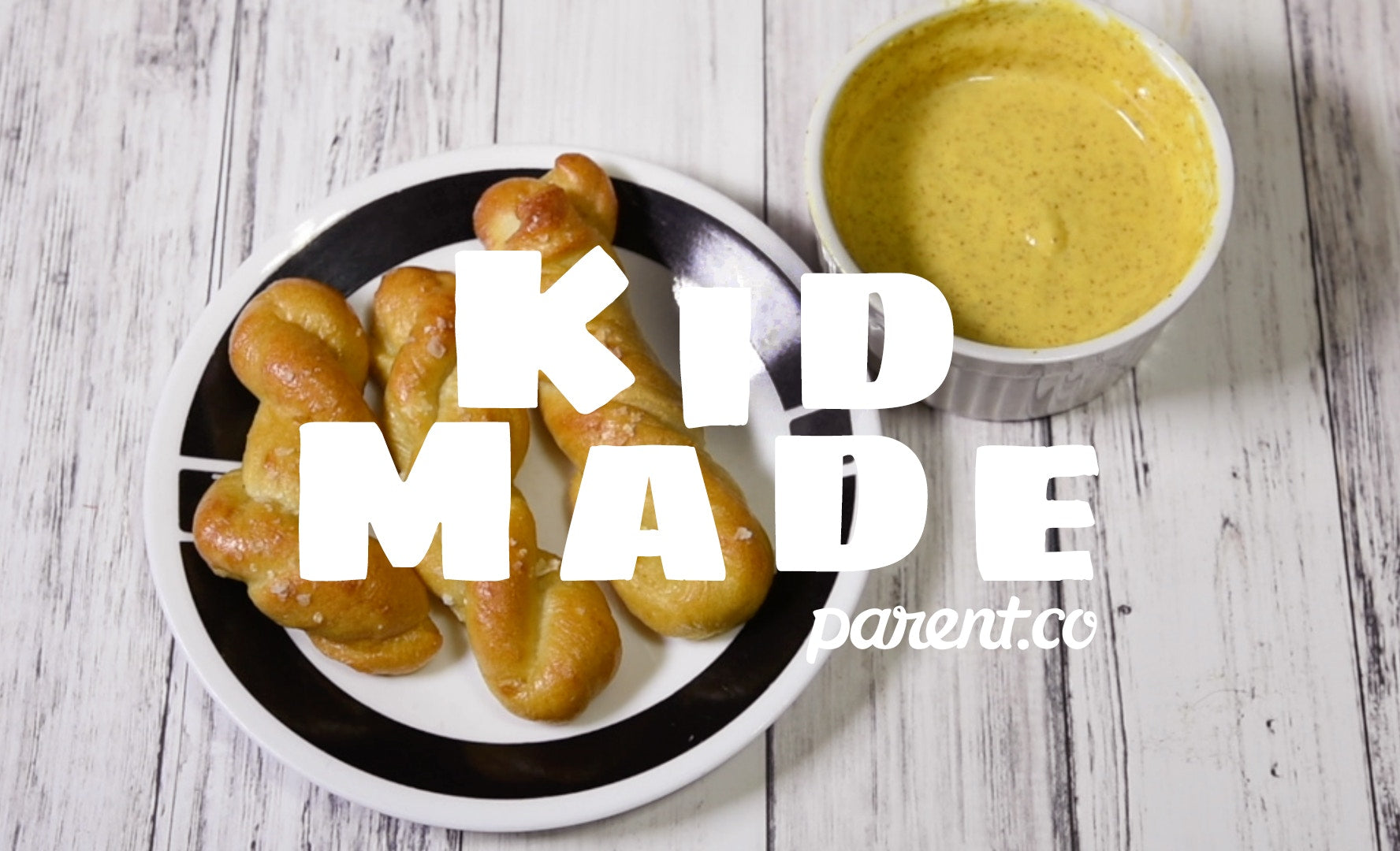Targeting shopping cart handles
Shopping cart handles began earning a reputation when they made an appearance in a four-year study of environmental surfaces conducted by researchers at the University of Arizona. Bacteria was not the main focus of the study, which mostly tested surfaces in public places (daycare, offices, grocery stores, etc.) for protein and biochemical markers. In other words, the researchers were mainly looking to find bodily substances and viruses that transmit through those substances. The researchers also took 200 samples from various environmental surfaces and tested them for coliforms, a subgroup of bacteria types generally present in the intestines that are generally good indicators of possible fecal contamination. One of these surfaces was shopping cart handles. The study determined that one handle out of twenty contained coliforms. That first study, published in 2005, appears to have inspired others. Researchers began testing environmental surfaces for bacteria commonly found in raw meat and surveying the various ways children might be exposed to it. A 2007 survey of parents whose infants had been infected with Campylobacter – the most likely culprit of human diarrheal illnesses – found that children who rode in shopping carts were more likely to be infected with Campylobacter than children who had not. In another study published in 2010, researchers surveyed parents whose children had tested positive for salmonella. Children who had been riding in the back of the cart were more likely to be infected than children who were riding in the front of the cart. Only 10% of the parents surveyed responded that their children had been directly exposed to raw meat, suggesting that the carts themselves might be the site of infection for many kids infected with salmonella.
"More fecal matter than on the toilet"
After these multi-site contamination studies identified shopping carts as a potential hazard, researchers began devoting entire studies to shopping carts alone. A 2012 study of 85 randomly sampled grocery carts in California found that 72% of the handles contained coliform bacteria. 18 of those cart handles tested positive for the most well-known coliform bacteria, E. coli. That finding led to headlines like "E. coli found on 50% of shopping carts," which is an overstatement of both the finding and its impact. The "50%" refers to 18 out of 35 cart handles that were given additional testing. It's more reasonable to say that E. coli was found on 50% of carts contaminated with coliforms. The sample size may be too small to know whether or not it is representative of all shopping carts as a whole. Furthermore, the study's authors note that one of the types of tests they attempted did not identify E. coli in any of the samples. They explain that one test may not have detected E. coli because the amount of bacteria was too low. In other words, if one of the tests they conducted found bacteria while another test found none, there might not be sufficient quantities of bacteria to be medically concerning. The author of that panic-inducing news article actually quotes one of the authors of the California cart-sampling study, Charles Gerba, who explained why shopping cart handles tend to have more bacteria than public restrooms: “That’s because they use disinfecting cleaners in the restrooms. Nobody routinely cleans and disinfects shopping carts.”
What's on the bottom of the cover is on the whole cover
Many parents, understandably panicked by the fear-inducing reports of so many multi-syllabic bacteria, have opted to purchase fabric shopping cart covers in order to protect their children from all of the bacteria reported in the news. There are two major problems with this approach. First, there is the problem of installing the cover in the first place. Imagine you are trying to cover a shopping cart while also carrying a child. You are inevitably going to touch the shopping cart in the process. During the trip through the store, you are probably going to touch your child, say, to give them the snack you promised yourself you wouldn't open until you got out of the checkout. So, even though the cover is there, from the moment you touched the cart you've picked up and transmitted bacteria to the cart cover, to yourself, to the snack, and, therefore, to your child's mouth. Second, even if you managed not to touch a single square inch of the cart, the bottom of the cover will touch the cart. If the cart is covered in bacteria, so is the bottom of the shopping cart cover. And if bacteria is on the bottom of the cart cover, it'll be on the top eventually. Although there haven't been any widely-reported studies of bacteria present on cart covers, there have been studies of another object that frequently travels in shopping carts: purses. In 2013, one study of women's purses led to flurry of news articles about purses carry more bacteria than public toilets. The medical community uses the word "fomite," which comes from the Latin for "tinder," to refer to a non-living object that can carry and readily transmit infectious organisms. Like the shopping cart handles in the previous examples, purses are also fomites that can transport bacteria from bathrooms to shopping carts to cars to kitchen counters. It's likely that cart covers are also good fomites, because it's likely that they, like purses, are infrequently washed.



